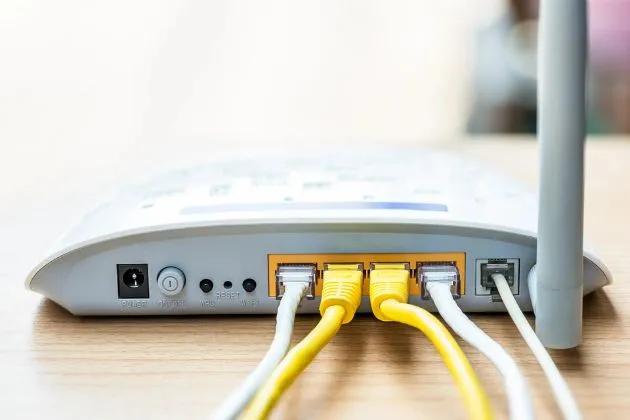Similar to any other wireless network, home wireless networks also require high-end security to protect personal and sensitive information from being hacked. Wireless encryptions secure your wireless network by integrating an authenticated protocol. The more secure your home wireless network is, the more likely it is to get trapped by hackers. Wireless encryption has the following fundamental standards- WPA, WPA2, WPA3, TKIP, and WEP. These protocols hide your data and protect communications by blocking access to them.
By adopting these encryptions, you can effectively codify your data transmitted via your home wireless network connection. Now, it is important to know which of the following is the most widely used wireless network encryption for home wireless networks.
Standard Wireless Network Encryptions
- WEP: This is the very first algorithm for 802.11 standards, having the single goal of stopping hackers from snooping on wireless data. It has a 40-bit pre-shared encryption key, which later was increased to 104-bit by the US government. However, major vulnerabilities were found in this encryption mode, causing numerous cyber-crimes.
- WPA: The personal mode of WPA is WPA-Pre-Shared Key (WPA-PSK). This encryption mode uses pre-shared keys for easy implementation and management. Based on RC4, WPA enhances the wireless encryption as per the TKIP or Temporal Key Integrity Protocol. Similar to WEP, it lacked in its security due to its backdated framework.
- WPA2: The WPA2 standard was corroborated by IEEE in 2004. Unlike its predecessors, WPA2 relied on AES or Advanced Encryption Standard and CCMP or Counter Mode with Cipher Block Chaining Message Authentication Code Protocol mechanisms. It had the feature of seamless roaming without reauthentication. However, its vulnerabilities were exposed also.
- WPA3: The recently invented wireless security standard WPA3 is considered more secure compared to its predecessors. It provides a diverse range of benefits that involve- standardizing the 128-bit cryptographic suite, restricting eavesdropping and forging, and many more.
Which is the most widely used wireless network encryption for home wireless networks?
Among all the encryptions discussed above, WPA3 or Wi-Fi Protected Access 3 is considered the most widely used and strongest network encryption for your home wireless network for some obvious reasons. Let us now understand why WPA3 is the most widely used wireless encryption.
- WPA3 provides individualized data encryption for every individual device connected to the network, including open Wi-Fi networks
- Offers more robust password-based authentication for personal use, even with a low-grade password
- SAE or Simultaneous Authentication of Equals technology in this framework resists offline dictionary attacks
- Allows easy remembering passwords for its users
- Extremely easy to use with enhanced protections
Generations of wireless encryption evolved significantly in the last few decades, leading to the birth of a comprehensible and strong encryption model like WPA3. Although each generation has its own benefits, nothing surpasses the effectiveness and wide use of WPA3 wireless encryption for home wireless networks.










